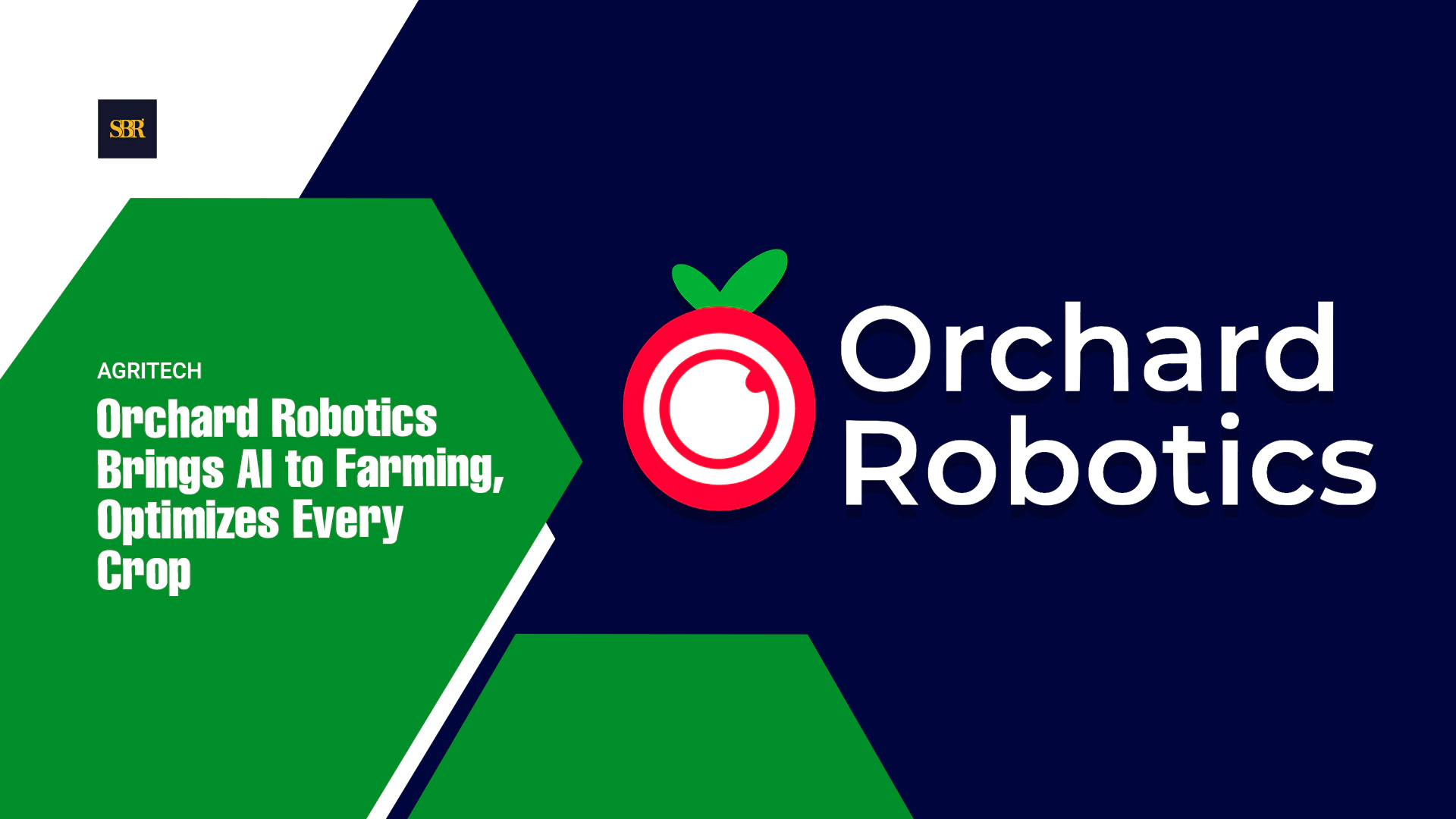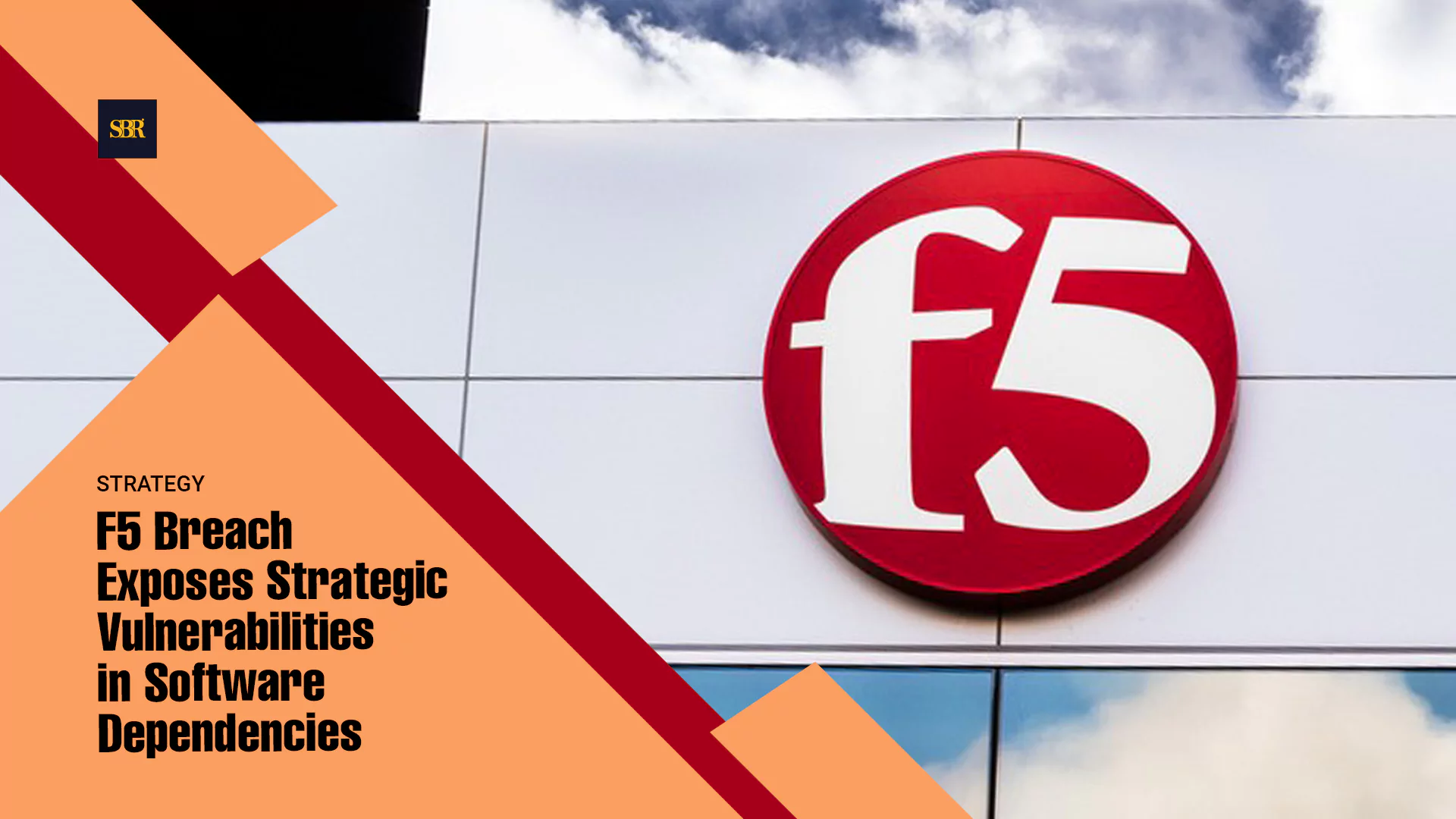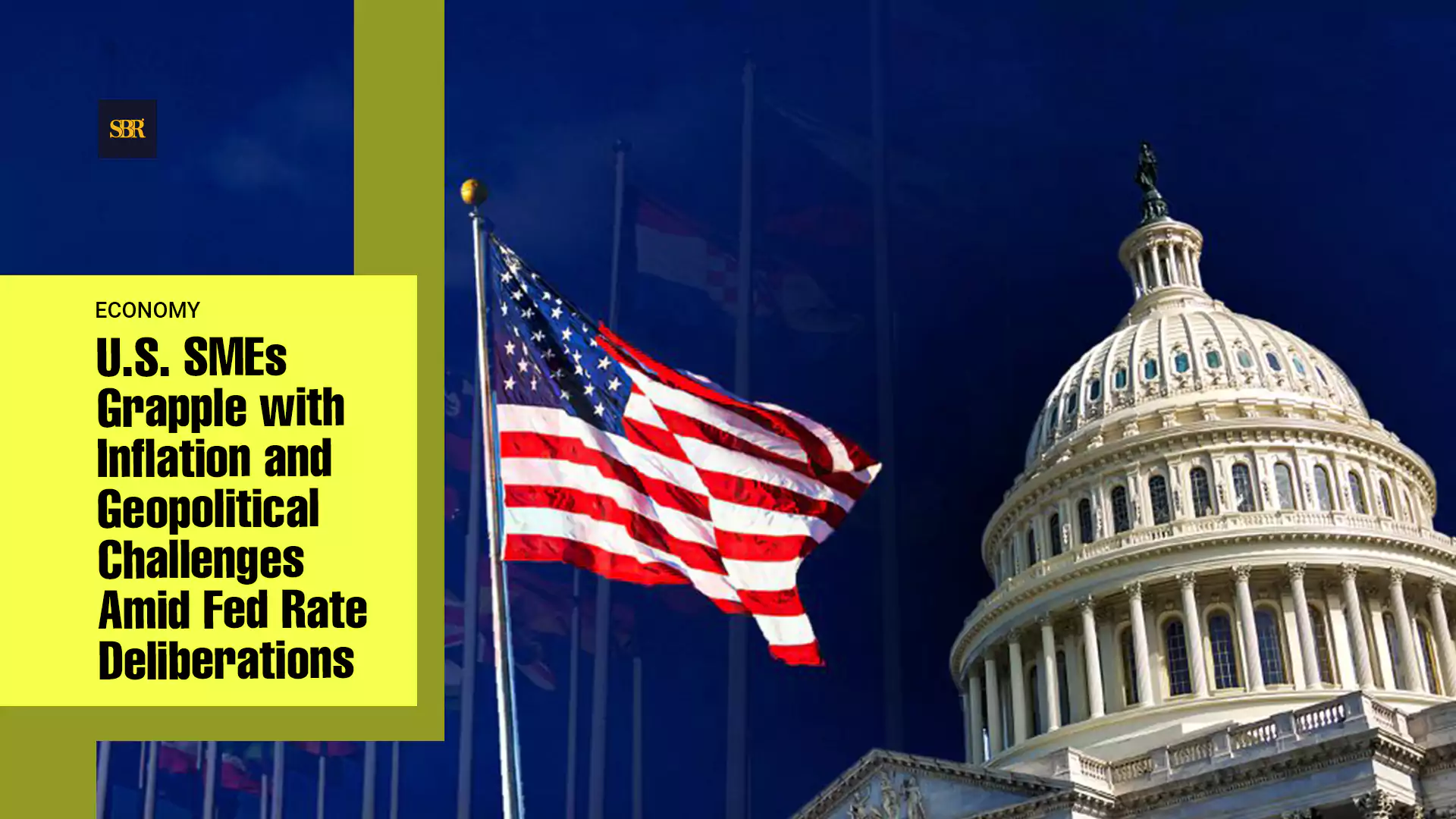ANALYSIS, May 12, 2025 — Before Marc Benioff became synonymous with Salesforce, he was an executive at Oracle. He joined the company at 23 and quickly rose through the ranks, mentored by Larry Ellison himself. By most standards, he was on a golden track. But even then, Marc was growing disillusioned with the state of enterprise software. It was bloated, expensive, and designed more for the CIO than the end user.
He took a sabbatical in 1999 and travelled across India and Hawaii. The break gave him both clarity and distance. When he returned, he had a fresh idea — why should companies have to install and maintain software at all? What if it could be delivered over the internet, like a utility?
It wasn’t a new idea—Application Service Providers (ASPs) were already experimenting with similar concepts. But no one had cracked the business model, the interface, or the trust problem. Marc thought he could.
That same year, he founded Salesforce in a small apartment in San Francisco.
No Software Was the Point
Salesforce launched in 2000 with one goal — make enterprise software easy to use. The first product was a hosted Customer Relationship Management (CRM) tool—a stripped-down version of what companies like Siebel offered, but without the installation, infrastructure, or IT burden. It worked inside a browser. It didn’t need servers. It didn’t need training manuals.
The company’s now-famous tagline — “No Software” — wasn’t just marketing. It was a deliberate jab at the way software had been sold and delivered for decades. Marc wanted to make clear that this was something different — not a tool you owned, but a service you used.
This rubbed a lot of people the wrong way. Traditional vendors dismissed Salesforce as unserious. CIOs were wary of handing over their customer data to a third-party provider. Internet infrastructure in 2000 wasn’t where it is now. Even investors were skeptical.
But Salesforce didn’t chase the old guard. It targeted sales teams who were frustrated with complex tools. It won over small and mid-sized businesses first—companies that lacked large IT budgets and wanted something that just worked.
Over time, trust grew. And so did the product.
SaaS Got a Face and a Founder
Marc didn’t coin the term “Software as a Service,” but he gave it a face. Before Salesforce, SaaS was more of a technical architecture—something discussed in developer forums or infrastructure circles. Marc took the idea and wrapped it in a clear business model, a friendly UI, and a relentless sales culture. He understood that for SaaS to succeed, it needed to feel less like a tech product and more like a business ally.
He also understood branding. Marc wasn’t shy. He took aim at legacy software vendors, especially Siebel. He threw events that felt more like product launches than tech demos. He turned Salesforce’s annual Dreamforce conference into a massive spectacle—part trade show, part motivational rally, part PR blitz.
This was deliberate. Marc believed in building a company that wasn’t just functional, but cultural. He spoke publicly about capitalism with purpose, pushed philanthropic models like the 1-1-1 rule (1% of product, equity, and employee time to charitable causes), and openly criticized competitors who he believed were stuck in the past.
But behind the theatrics was a grounded proposition — businesses should pay for what they use, and software should work for the user—not the other way around.
Legacy and the Long Play
Salesforce didn’t stop at CRM. Over time, it expanded into customer service, marketing automation, analytics, app development, and enterprise integration. It acquired companies like Heroku, MuleSoft, Tableau, and Slack—bringing a wide ecosystem under its wing. But the model remained the same — deliver functionality through the browser, charge monthly or annually, and handle everything on the back end.
Marc didn’t just run a SaaS company—he helped define what SaaS could be. The concept wasn’t just about delivery; it was about the entire lifecycle of software ownership. Upgrades, patches, security, scalability—SaaS vendors took responsibility so customers didn’t have to.
What made Salesforce succeed wasn’t innovation alone—it was execution. Marc pushed for strong sales teams, tight customer support, and an internal culture that viewed traditional software as the enemy. He made the benefits of SaaS tangible — no installations, quick onboarding, built-in collaboration, predictable pricing.
That’s what stuck. That’s what others copied.
Salesforce didn’t invent SaaS. But under Marc’s leadership, it turned a niche architecture into a business model, and a business model into a movement. He didn’t try to make headlines—he just kept showing up with something simpler, something more useful, and something that made software feel like less of a burden.
Two decades later, that approach has become the industry standard. Not because it was flashy, but because it worked.
Marc didn’t coin the term ‘Software as a Service,’ but he gave it a face. Before Salesforce, SaaS was more of a technical architecture—something discussed in developer forums or infrastructure circles. Marc took the idea and wrapped it in a clear business model, a friendly UI, and a relentless sales culture. He understood that for SaaS to succeed, it needed to feel less like a tech product and more like a business ally.

















